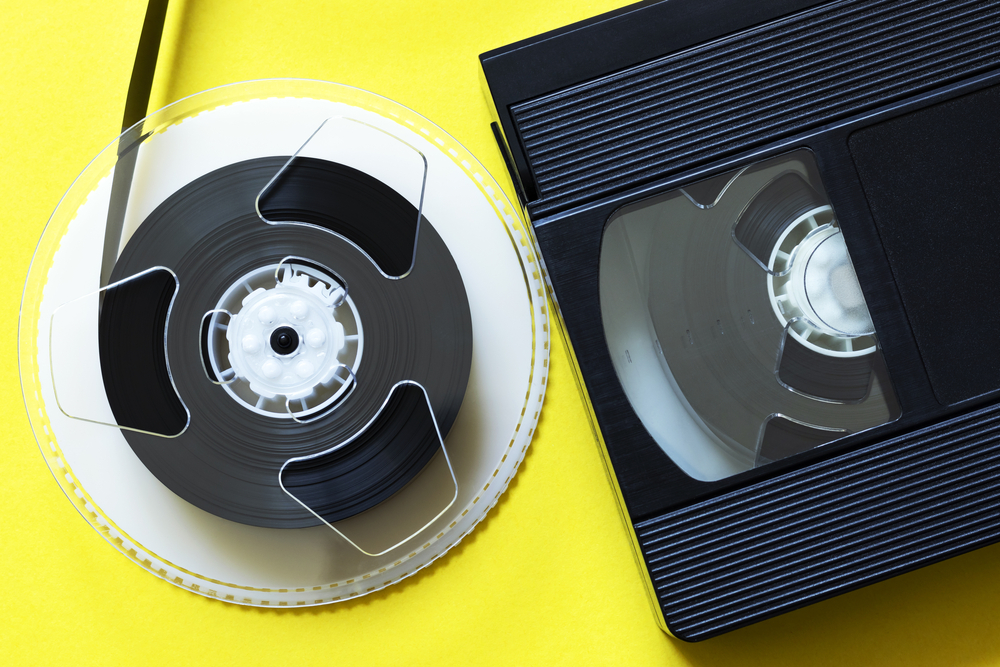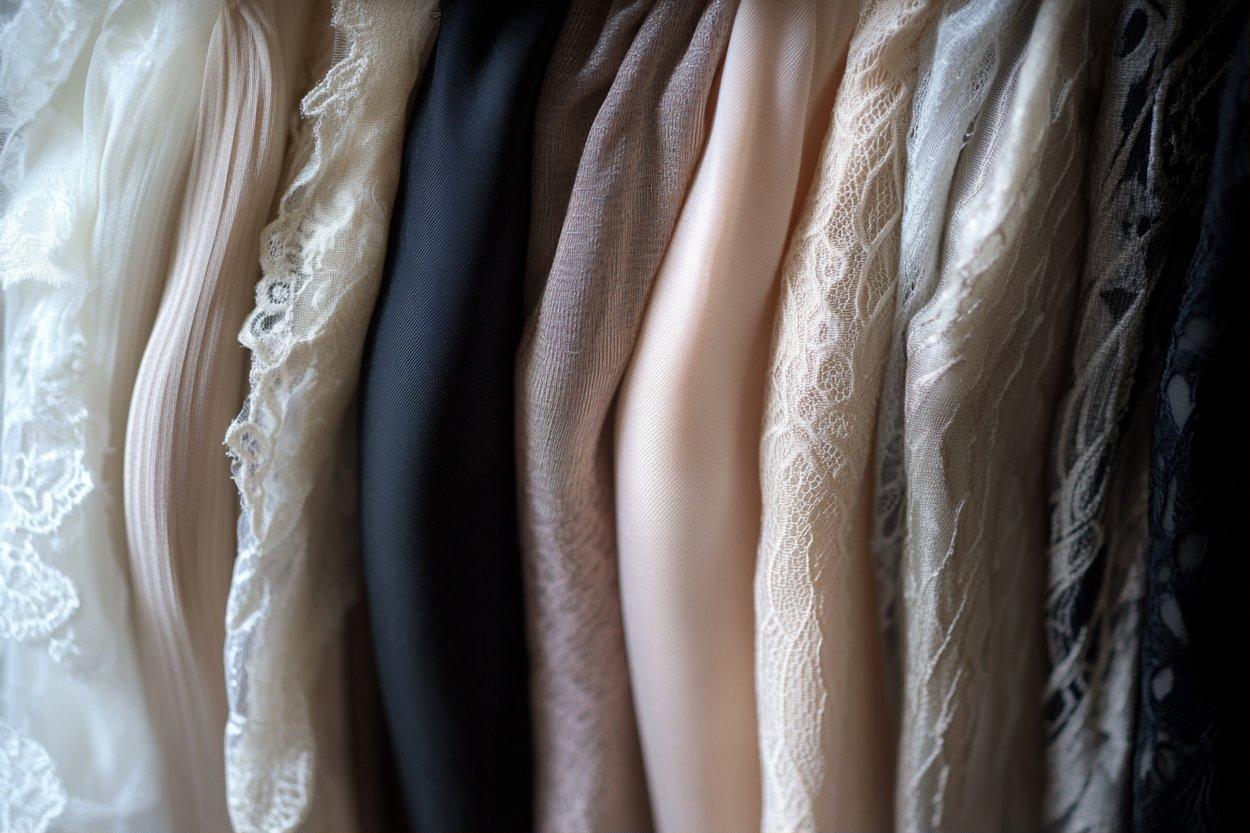A Resurgence in Analog Film: The Return to Reel in Modern Cinema
Introduction: In a digital world, the resurgence of analog film in modern cinema offers a captivating contrast. This article dives into the resurgence, exploring its roots, current trends, and profound impact on the industry. The film industry has evolved significantly throughout its history. In its early days, filmmakers relied on celluloid film, a physical medium that required a meticulous process of shooting, developing, and editing. However, with the advent of digital technology in the late 20th century, the industry underwent a seismic shift. Filmmakers embraced digital for its convenience, cost-effectiveness, and versatility. Despite this digital revolution, a passionate contingent within the industry has kept the tradition of analog film alive, and in recent years, it has seen a surprising resurgence.

The Current Resurgence
With the rise of streaming platforms and the democratization of digital technology, one might expect analog film to have faded into oblivity. Yet, a number of filmmakers are returning to the medium, citing its unique aesthetic and the tangible connection it offers to the craft of filmmaking. Acclaimed directors like Christopher Nolan and Quentin Tarantino have been vocal proponents of analog, shooting their films on celluloid and championing its preservation.
The Aesthetic Appeal of Analog
Part of the resurgence can be attributed to the distinct aesthetic qualities of analog film. Unlike digital, which captures images with clinical precision, analog film offers a warmth and texture that many filmmakers and audiences find appealing. The grain, the color rendition, and even the imperfections inherent to the medium can imbue a film with a certain magic that digital struggles to replicate.
The Impact and Reception
This return to reel has made waves in the industry, with a number of recent blockbusters and award-winning films shot on film. Audiences and critics alike have responded positively to this trend, with many praising the tactile quality and nostalgic charm of analog. Film schools have also reported a growing interest in analog techniques among students, suggesting that this resurgence may well continue into the future.
Looking Forward
As the film industry continues to evolve, the place of analog film within it remains an intriguing point of discussion. While it is unlikely to replace digital as the industry standard, its resurgence suggests a desire among filmmakers to preserve and explore traditional techniques. In an increasingly digital world, the tactile, physical nature of analog film offers a connection to the craft of filmmaking that is both grounding and inspiring.
In conclusion, the resurgence of analog film in modern cinema is a testament to the enduring appeal of traditional filmmaking techniques. As we look to the future, it will be fascinating to see how this trend develops and what it means for the industry as a whole.




